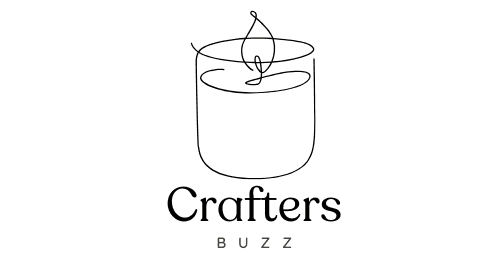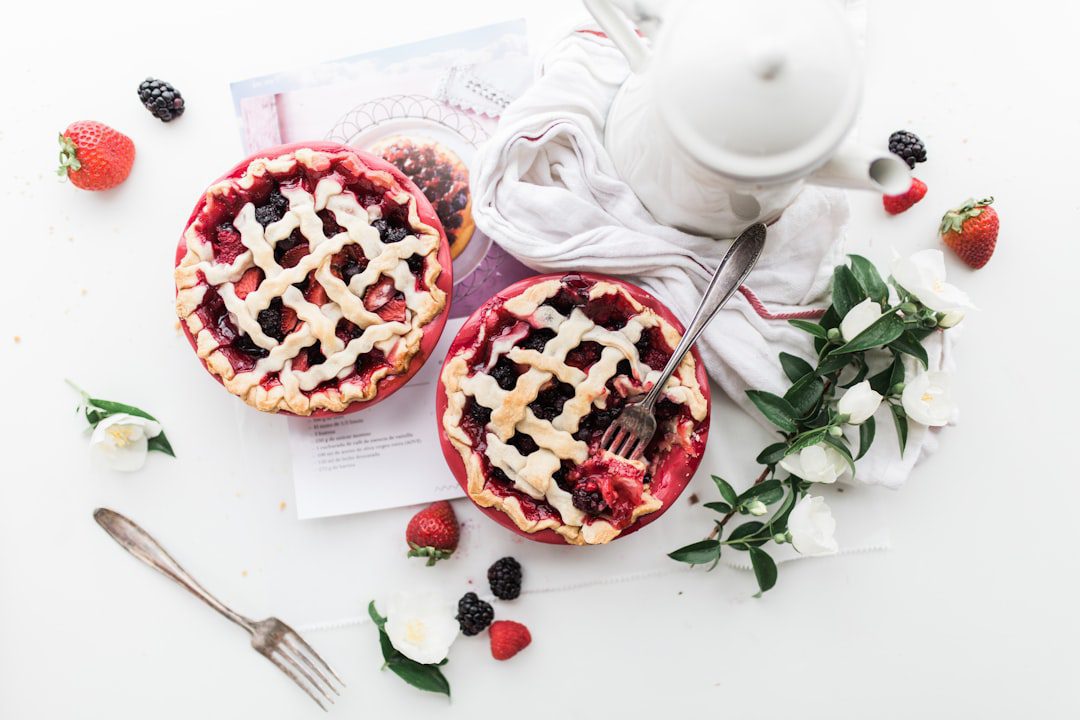New innovations in sustainable, zero-waste packaging for candles.
The candle industry has witnessed a significant transformation in recent years, driven by a growing awareness of environmental issues and consumer demand for sustainable practices. As more people become conscious of their ecological footprint, the packaging of candles has emerged as a critical area for improvement. Sustainable packaging for candles not only addresses the environmental impact of materials used but also enhances the overall consumer experience.
This shift towards sustainability encompasses a variety of strategies, including the use of biodegradable materials, reusable containers, and innovative designs that minimize waste. The importance of sustainable packaging extends beyond mere aesthetics; it reflects a brand’s commitment to environmental stewardship. Consumers are increasingly seeking products that align with their values, and brands that prioritize sustainability can differentiate themselves in a crowded market.
By adopting eco-friendly packaging solutions, candle manufacturers can reduce their reliance on single-use plastics and other harmful materials, thereby contributing to a more sustainable future. This article delves into various aspects of sustainable packaging for candles, exploring biodegradable materials, reusable containers, compostable options, innovative designs, and the future trends shaping this essential industry.
Biodegradable Materials for Candle Packaging
Biodegradable materials are at the forefront of sustainable packaging solutions for candles. These materials break down naturally over time, reducing the burden on landfills and minimizing environmental impact. Common biodegradable options include paper, cardboard, and certain bioplastics derived from renewable resources such as cornstarch or sugarcane.
For instance, many candle brands are now opting for recycled paperboard boxes that not only protect the product but also decompose efficiently after disposal. This choice not only reduces waste but also appeals to eco-conscious consumers who appreciate brands that prioritize sustainability. In addition to traditional paper products, innovative biodegradable materials are emerging in the market.
For example, some companies are experimenting with mushroom-based packaging, which is made from mycelium—the root structure of mushrooms. This material is not only biodegradable but also offers excellent cushioning properties, making it an ideal choice for fragile candle products. By utilizing such cutting-edge materials, candle manufacturers can significantly reduce their environmental footprint while providing consumers with high-quality packaging that aligns with their values.
Reusable and Refillable Candle Containers
The concept of reusability is gaining traction in the candle industry as brands seek to minimize waste and promote sustainable practices. Reusable candle containers allow consumers to enjoy their favorite scents while reducing the need for single-use packaging. Many brands are now offering stylish glass or metal containers that can be repurposed once the candle has burned down.
These containers can serve various functions, such as storage for small items or decorative pieces in the home. By encouraging consumers to keep and reuse these containers, brands foster a sense of sustainability and responsibility. Refillable candle systems are another innovative approach to sustainable packaging.
Some companies have introduced refill programs where customers can purchase refills for their favorite scents without needing to buy a new container each time. This model not only reduces waste but also creates a loyal customer base that appreciates the convenience and sustainability of refilling their candles. For example, a brand might offer a subscription service where customers receive regular refills delivered to their door, further enhancing the appeal of this eco-friendly option.
Compostable Packaging Options for Candles
Compostable packaging is an essential component of sustainable practices in the candle industry. Unlike traditional plastics that can take hundreds of years to decompose, compostable materials break down into organic matter when exposed to the right conditions. This process enriches the soil rather than contributing to landfill waste.
Many candle manufacturers are now exploring compostable options such as plant-based films and biodegradable fillers made from natural fibers. One notable example is the use of compostable packing peanuts made from cornstarch or other plant materials. These alternatives provide cushioning during shipping while being entirely compostable after use.
Additionally, some brands are incorporating compostable labels and inks into their packaging designs, ensuring that every aspect of their product is environmentally friendly. By choosing compostable materials, candle manufacturers not only reduce their environmental impact but also educate consumers about responsible disposal methods.
Innovative Zero-Waste Packaging Designs
Zero-waste packaging designs represent a revolutionary approach to sustainability in the candle industry. These designs aim to eliminate waste at every stage of the product lifecycle, from production to disposal. One innovative concept involves creating candles that come in multi-use containers designed to be returned to the manufacturer for reuse or recycling.
This closed-loop system encourages consumers to participate actively in sustainability efforts while enjoying their favorite products. Another exciting development in zero-waste packaging is the use of minimalistic designs that require fewer materials without compromising functionality or aesthetics. For instance, some brands have adopted simple cardboard sleeves or wraps instead of elaborate boxes, reducing material usage while still providing adequate protection for the candles during transit.
Additionally, brands are exploring creative ways to incorporate natural elements into their packaging, such as using dried flowers or herbs as decorative accents that can be composted after use. These innovative approaches not only minimize waste but also resonate with consumers who appreciate thoughtful design and environmental responsibility.
Sustainable Labeling and Branding for Candles
Sustainable labeling and branding play a crucial role in communicating a brand’s commitment to eco-friendly practices. Labels serve as a direct line of communication between manufacturers and consumers, providing essential information about the materials used and the sustainability efforts undertaken by the brand. Many companies are now opting for eco-friendly inks and adhesives that align with their overall sustainability goals.
For example, water-based inks derived from natural sources can be used instead of traditional petroleum-based inks, reducing harmful emissions during production. Moreover, transparent labeling practices are becoming increasingly important as consumers seek clarity regarding product ingredients and sourcing. Brands that provide detailed information about their sustainable practices—such as sourcing materials from responsible suppliers or using renewable energy in production—can build trust with their audience.
Certifications from recognized organizations can further enhance credibility; for instance, labels indicating that products are made from recycled materials or certified organic can significantly influence purchasing decisions.
Eco-Friendly Shipping and Packaging for Candles
Shipping presents unique challenges in the quest for sustainable packaging solutions in the candle industry. The fragility of candles necessitates protective packaging that often relies on non-biodegradable materials like bubble wrap or Styrofoam. However, many brands are now exploring eco-friendly alternatives that provide adequate protection while minimizing environmental impact.
For instance, biodegradable packing peanuts made from cornstarch or recycled paper cushioning can effectively safeguard candles during transit without contributing to landfill waste. Additionally, companies are rethinking their shipping methods by optimizing package sizes to reduce excess material usage and minimize transportation emissions. By utilizing smaller boxes or envelopes tailored to fit their products snugly, brands can decrease their carbon footprint while ensuring that candles arrive safely at their destination.
Some companies even offer carbon-neutral shipping options, allowing consumers to offset their shipping emissions through contributions to environmental projects.
Future Trends in Sustainable Candle Packaging
As consumer awareness of environmental issues continues to grow, the future of sustainable candle packaging looks promising and dynamic. One emerging trend is the increased use of smart technology in packaging design. Brands are beginning to incorporate QR codes or NFC tags on their labels that provide consumers with information about recycling options or details about the sourcing of materials used in production.
This interactive approach not only educates consumers but also fosters a deeper connection between them and the brand. Another trend gaining momentum is the rise of circular economy principles within the candle industry. Brands are exploring ways to create closed-loop systems where used candle containers can be returned for refurbishment or recycling into new products.
This shift towards circularity not only reduces waste but also encourages consumers to engage actively in sustainability efforts by returning used items rather than discarding them. In conclusion, sustainable packaging for candles is evolving rapidly as brands respond to consumer demand for eco-friendly practices. From biodegradable materials and reusable containers to innovative zero-waste designs and transparent labeling, the industry is embracing a holistic approach to sustainability that benefits both consumers and the environment alike.
As these trends continue to develop, they will undoubtedly shape the future landscape of candle packaging, paving the way for a more sustainable and responsible industry.
Check out this article on how to properly care for your candles to ensure they last longer and burn more efficiently. This is especially important when using sustainable, zero-waste packaging for candles, as you want to make the most out of your eco-friendly purchase. Proper care can also help reduce waste and extend the life of your candles.
FAQs
What are sustainable, zero-waste packaging for candles?
Sustainable, zero-waste packaging for candles refers to packaging materials and designs that minimize environmental impact and waste. This can include using biodegradable or compostable materials, reducing packaging size and weight, and utilizing reusable or recyclable packaging.
What are some examples of sustainable, zero-waste packaging for candles?
Examples of sustainable, zero-waste packaging for candles include packaging made from recycled materials, such as cardboard or paper, as well as packaging that can be repurposed or reused, such as glass jars or tins. Additionally, packaging that is biodegradable or compostable, such as packaging made from plant-based materials, is also considered sustainable and zero-waste.
How do sustainable, zero-waste packaging for candles benefit the environment?
Sustainable, zero-waste packaging for candles benefits the environment by reducing the amount of waste that ends up in landfills and oceans. By using materials that are biodegradable, compostable, or recyclable, and by minimizing packaging size and weight, these packaging solutions help to conserve natural resources and reduce pollution.
What are some new innovations in sustainable, zero-waste packaging for candles?
New innovations in sustainable, zero-waste packaging for candles include the use of mycelium-based packaging, which is made from the root structure of mushrooms and is biodegradable and compostable. Additionally, companies are exploring the use of edible packaging made from seaweed or other plant-based materials, as well as reusable packaging options that encourage customers to repurpose the packaging after the candle is used.













